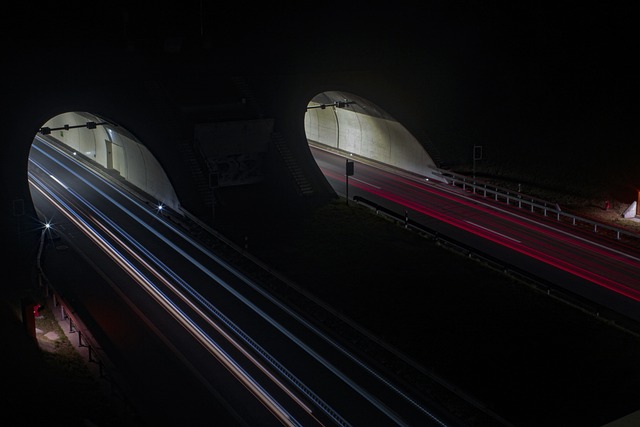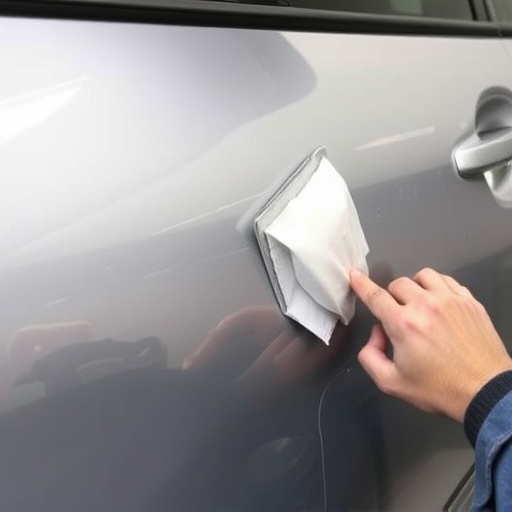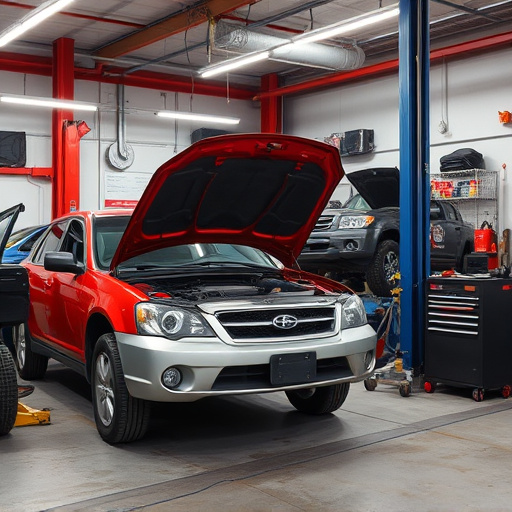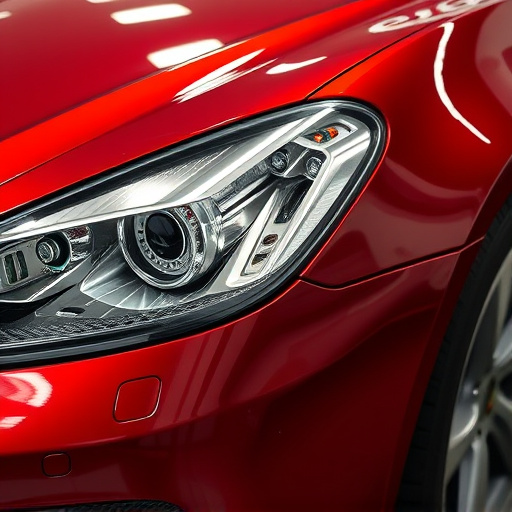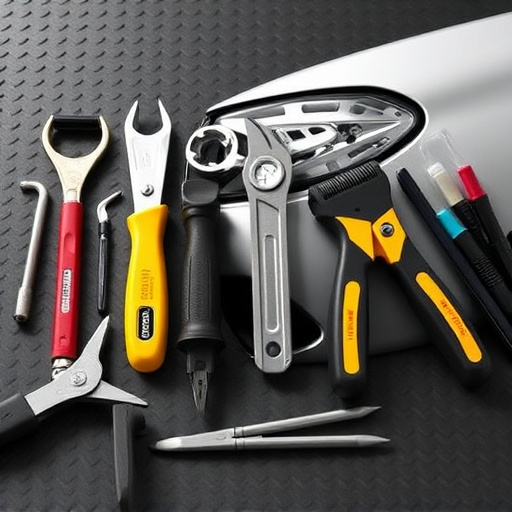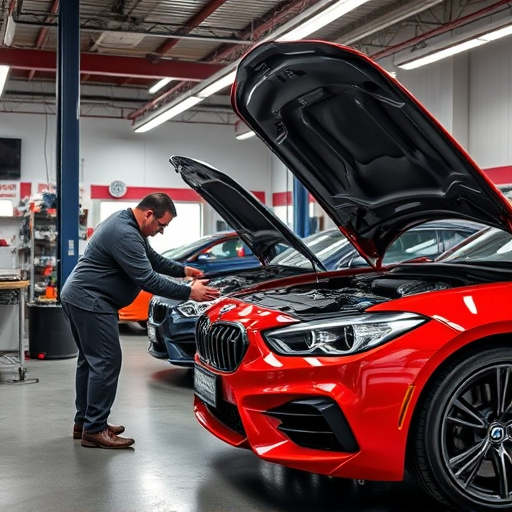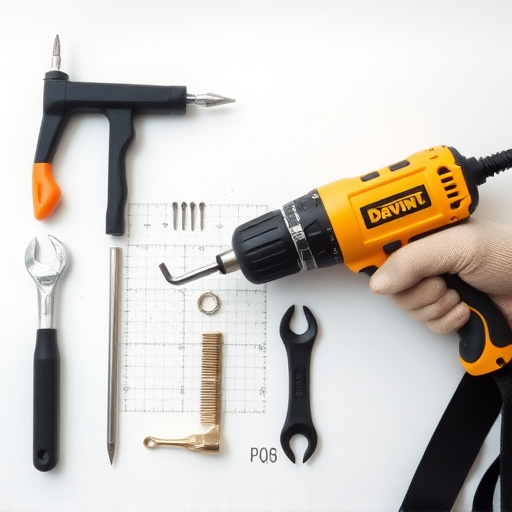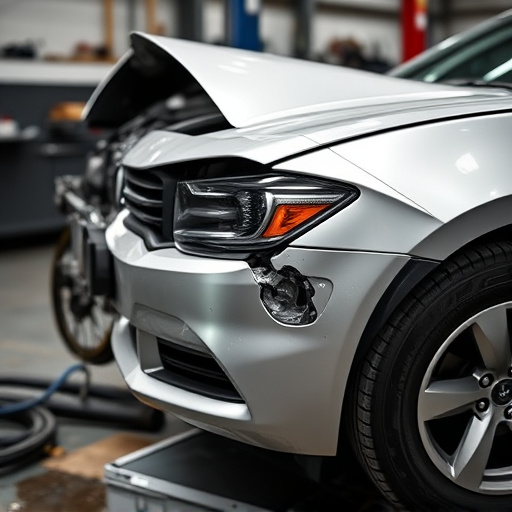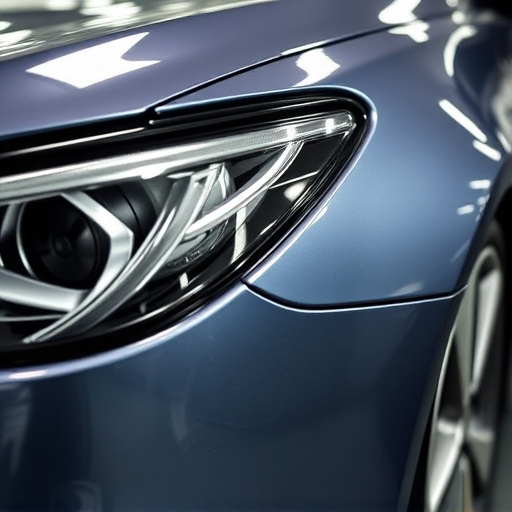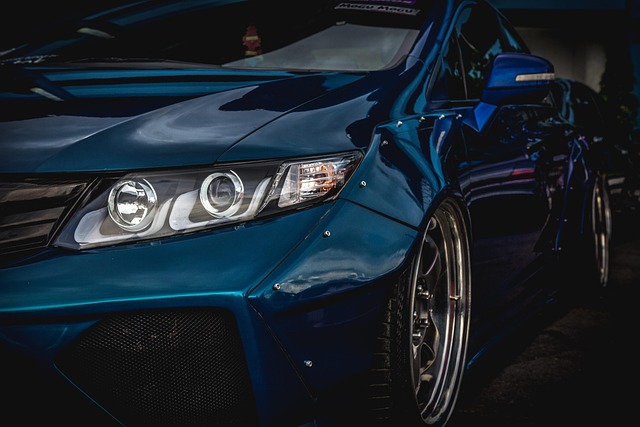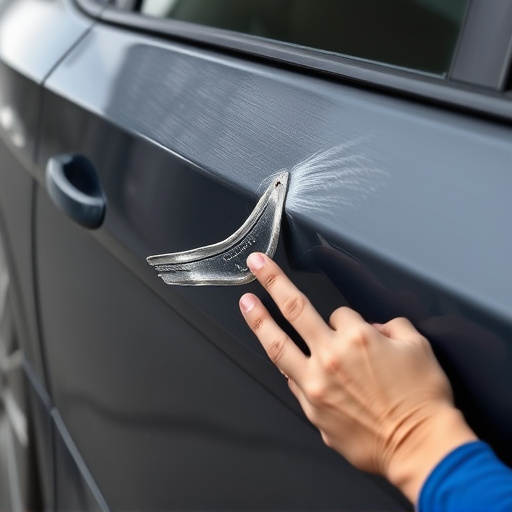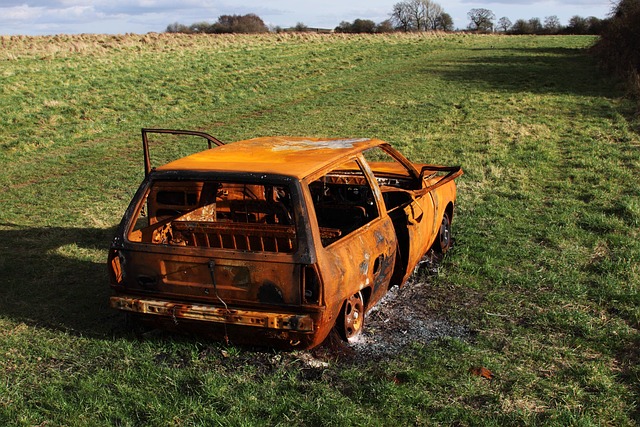Corrosion, a natural metal degradation process caused by water and oxygen, leads to structural and aesthetic damage over time. Auto body shops prioritize corrosion protection through specialized coatings, sealants, and corrosion-resistant materials during repairs. Structural repairs address metal degradation's root causes, using techniques like galvanization and epoxy coatings to create protective barriers. While cosmetic fixes mask minor damage, comprehensive repairs, including panel replacement and alignment, along with advanced corrosion protection treatments, are needed for long-term integrity, longevity, cost savings, and safety.
In the pursuit of longevity for metal structures, understanding corrosion is paramount. This insidious process, driven by environmental factors and material vulnerabilities, can compromise integrity and aesthetics. This article explores the dichotomy between structural and cosmetic repairs, delving into the causes and effects of corrosion to highlight effective protection strategies. We’ll dissect how structural repairs fortify against this enemy, contrasting with cosmetic fixes that offer temporary solutions. Discover key differences and learn which approach ensures lasting corrosion protection.
- Understanding Corrosion: Causes and Effects
- Structural Repairs: Strengthening Against Corrosion
- Cosmetic Fixes vs. Long-Term Protection
Understanding Corrosion: Causes and Effects
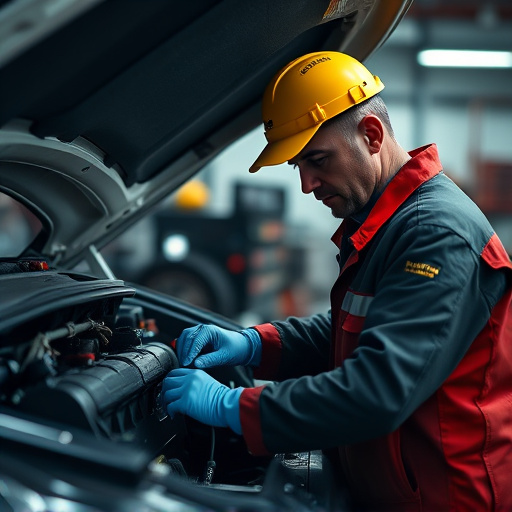
Corrosion is a natural process that occurs when metal surfaces interact with elements present in the environment, such as water and oxygen. It starts with small changes at the surface, known as galvanic corrosion, where metal atoms transfer electrons to other substances, leading to the breakdown of its structure. Over time, this can result in significant damage, affecting both the structural integrity of a metal object and its aesthetic appeal. In the context of an auto body shop or vehicle dent repair, corrosion protection is paramount.
The effects of corrosion are far-reaching. It not only weakens the material but also leads to unsightly discoloration, peeling, and blistering. In an auto collision center, for instance, where vehicles undergo extensive repairs, addressing corrosion proactively is essential. Ignoring it can lead to costly structural failures and compromise the longevity of the repair work, especially in areas like panel joints, welds, and crevices that are prone to gathering moisture and debris. Effective corrosion protection involves a combination of methods, from applying specialized coatings and sealants to utilizing corrosion-resistant materials during repairs, ensuring vehicles remain in top condition for years to come.
Structural Repairs: Strengthening Against Corrosion
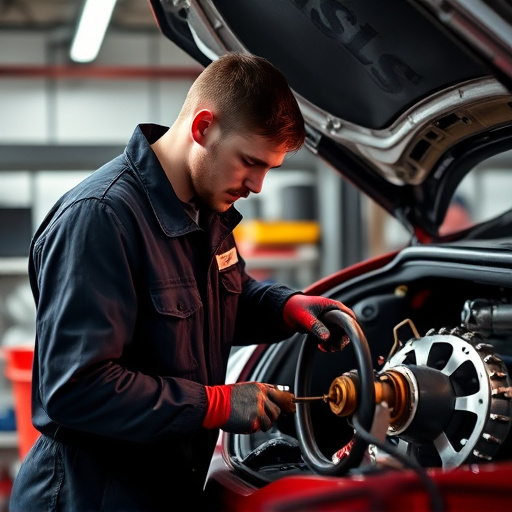
Structural repairs focus on fortifying surfaces and components to withstand the relentless assault of corrosion. Unlike cosmetic repairs that aim to restore a vehicle’s aesthetic appeal, structural fixes delve deeper to address the root cause – degradation of metal integrity due to oxidation, moisture ingress, or chemical exposure. These crucial interventions involve meticulous preparation, such as surface cleaning, priming, and coating with specialized anticorrosion products.
In a collision repair shop or during vehicle body repair, professionals employ various techniques like galvanization, zinc rich primers, and epoxy coatings to create protective barriers against corrosive elements. Such proactive measures not only extend the lifespan of repaired vehicles but also ensure the longevity and structural integrity of components, preventing further damage and costly repairs in the future.
Cosmetic Fixes vs. Long-Term Protection
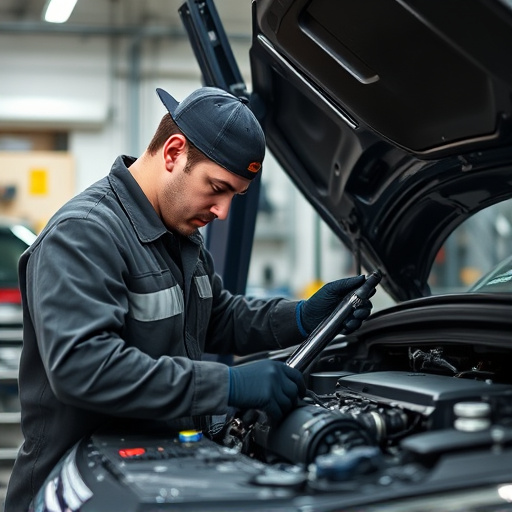
While cosmetic fixes can address visible damage from minor bumps and scratches, they don’t offer any real corrosion protection. These quick-fix solutions might make your vehicle look as good as new, but they don’t penetrate the surface to safeguard against rust and corrosion that often result from more significant structural damage, such as those incurred during a vehicle collision repair. On the other hand, long-term protection involves comprehensive repairs that go beyond aesthetics. It includes repairing or replacing damaged panels, ensuring proper body alignment, and applying advanced corrosion protection treatments. This holistic approach is crucial in maintaining the structural integrity of your vehicle and preventing future issues like tire services failure or even more severe collision repair services damage.
By prioritizing long-term protection, you’re not just saving money on superficial repairs; you’re also safeguarding the overall value and longevity of your vehicle. Corrosion can quietly eat away at metal components, compromising safety and performance over time. Therefore, investing in robust corrosion protection during structural repairs ensures that your vehicle remains reliable, safe, and sound for years to come.
When addressing metal surfaces, prioritizing corrosion protection is paramount. While cosmetic repairs offer immediate aesthetics, structural fixes provide a more durable solution by reinforcing against corrosion’s underlying causes. By understanding these distinctions, professionals can choose the most effective methods for long-term corrosion prevention, ensuring the integrity and longevity of various structures. Implement robust corrosion protection strategies to safeguard your investments from this insidious threat.
